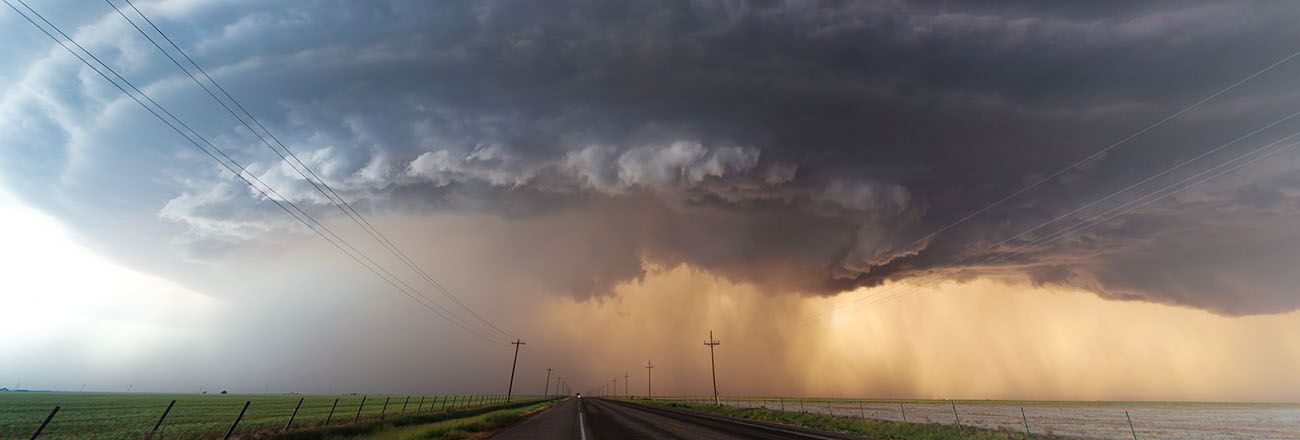
Backups or disaster recovery (DR)?
If you’re planning a data defense strategy for your company, it’s important to understand which strategy is best for your business needs—backup or disaster recovery.
The Difference Between Backup and Disaster Recovery
Backup refers to the process of saving data by copying it to a safe place. Data can then be recovered in the event of infrastructure or service issues. Backups can take many forms, including duplicating data on the cloud or a secondary server in the same production data center, or saving data to a remote data center, etc.
Disaster recovery involves a set of policies, tools and procedures to enable the recovery or continuation of vital technology infrastructure and systems following a natural or human-induced disaster. Disaster recovery focuses on IT supporting critical business functions as part of business continuity, which involves keeping all essential aspects of a business functioning despite significant disruptive events.
While both solutions can help protect your data and critical information against unplanned disruptions and outages, sometimes backups alone aren’t enough.
Here is a breakdown of what you can expect from backups and disaster recovery solutions, so you can ensure your business keeps running even if your primary servers go down.
Basic Backup Solutions
Remember back in college or high school when you had to write a big term paper or thesis and you would save your work to a jump drive or CD (yes, those used to be a thing) in case your computer crashed and you lost everything?
You were running a basic backup of your most critical files.
How Backups Work
Backups work by providing quick and easy access to your data in case of smaller disruptions like outages, lost equipment, accidental deletion or hard drive crashes. Backup solutions copy your existing information to a second storage environment. You could choose to simply back up a few important files or your entire database.
The Cons of Backup Solutions
There are a few drawbacks to relying on backup solutions as your failsafe. Consider the college term paper example: If you have a sudden inspiration and write three more pages just to have your computer crash before saving your work to your backup source, you’ll have to start from the last moment you backed up. It’s the same with your business files—your data will only be updated to your previous backup.
Since many companies use backup for smaller-scale outages, in many instances they will keep their backups on-site or close to their primary facility. If these companies are hit by widespread natural disasters like hurricanes or earthquakes, there’s a chance those backups could go offline as well.
Cloud Backup Solutions
As a response, cloud-based backup options are becoming more popular because data center providers are able to offer near real-time data replication at off-site locations. In some cases, these cloud backup solutions are more cost-effective and reliable for business needs.
Disaster Recovery Solutions
For more large-scale outages, disaster recovery is your best option.
Disaster recovery solutions cover more than just the major natural disasters that might immediately come to mind. In fact, only about 10 percent of unplanned outages are caused by weather. That’s behind system failure, cyber incidents and human error.
Disaster recovery solutions replicate your environment, so if there is a major disruption, an automatic failover transfers the management and operation of your infrastructure to a secondary machine and site to keep your applications and business online. Your servers will then run off your disaster recovery site until your primary facility is back online and capable of resuming system functionality.
It’s important to note that disaster recovery options come in all shapes and sizes. Synchronous solutions replicate your data in near real-time. That makes this option one of the most comprehensive, but also generally more expensive. On the other hand, asynchronous solutions have more delayed duplication, which means some of your most recent data may not be recovered.
Important Backup and Disaster Recovery Terms
Understanding a few essential terms can help develop your strategic decisions and enable you to better evaluate backup and disaster recovery solutions.
- Recovery time objective (RTO) is the amount of time it takes to recover normal business operations after an outage. As you look to set your RTO, you’ll need to consider how much time you’re willing to lose—and the impact that time will have on your bottom line. The RTO might vary greatly from one type of business to another. For example, if a public library loses its catalog system, it can likely continue to function manually for a few days while the systems are restored. But if a major online retailer loses its inventory system, even 10 minutes of downtime—and the associated loss in revenue—would be unacceptable.
- Recovery point objective (RPO) refers to the amount of data you can afford to lose in a disaster. You might need to copy data to a remote data center continuously so that an outage will not result in any data loss. Or you might decide that losing five minutes or one hour of data would be acceptable.
- Failover is the disaster recovery process of automatically offloading tasks to backup systems in a way that is seamless to users. You might fail over from your primary data center to a secondary site, with redundant systems that are ready to take over immediately.
- Failback is the disaster recovery process of switching back to the original systems. Once the disaster has passed and your primary data center is back up and running, you should be able to fail back seamlessly as well.
- Restore is the process of transferring backup data to your primary system or data center. The restore process is generally considered part of backup rather than disaster recovery.
Backups vs. Disaster Recovery: How to Choose the Best Solution for Your Business
In some cases, just the backup is enough to protect certain parts of your business from interruptions. For example, a complete disaster recovery plan for computers or mobile devices intended for employees generally does not require a full disaster recovery solution. If an employee’s device is lost or broken, your company is unlikely to be critically affected. You can replace the device and restore your data from a backup.
On the other hand, disaster recovery is crucial to protecting services and infrastructure that your company depends on to operate on a day-to-day basis. For example, suppose your employees’ PCs run as “thin clients” dependent on a central server to work. In that case, an interruption on that server can critically affect the business’ entire operation as it will prevent all employees from being able to use their workstations. Such an event is much more severe than an individual workstation break.
In most cases, the best solutions involve both backups and disaster recovery.
A solid backup plan that keeps your data accessible is helpful for minor disruptions, but without a larger, more comprehensive strategy, can cause all sorts of problems for your company. For instance, if your business collects, stores or transmits information that requires strict PCI DSS or HIPAA compliance, you will want to make sure those files are properly backed up and accessible in the event of a disaster—which might not be possible with basic backup solutions.
Consider incorporating your basic backup under the umbrella of a larger disaster recovery strategy to ensure you’re fully protected. Third-party providers will offer cloud-based disaster recovery as a service (DRaaS) solutions that are often more cost-effective and appropriate for your business needs.
Do your homework and determine the best strategy for your company. Because it’s not a question of if, but when you’ll need to recover from an unplanned outage.
Original version published May 30, 2018



